Before You Start Tying Riffling Hitch Tube Flies: A Handy Tool for the Job Before…
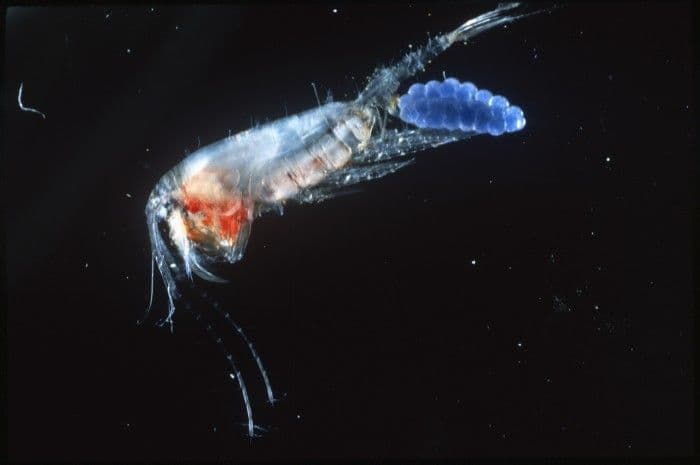
What do salmon eat in the sea?
Fly fishing for salmon is, to some degree, still a riddle – and anglers will spend countless hours fishing over seemingly uninterested fish that have left a greedy, a la carte life at sea to return to their place of birth, fully nourished and with little or no need or desire for sustenance…Suddenly – and with no reasonable explanation – the fish will rise from the bottom to grab your small fly.
Is it hunger, a memory of food or just frustration that triggers this irrational event? We can’t tell, but it inevitably has to do with the behaviour and characteristics of the food salmon have been feeding on for millions of years –
Follow us to see the treats on the salmon menu carte as we delve deeper into the mind of this most demanding and frustrating of gastronomes
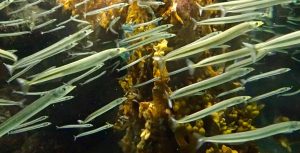
It has been an eye-opening experience for us to uncover the information on salmons feeding behaviour at sea – and we think that you will be equally entertained when you see the images of these rarely seen critters.
Here Hyperoplus immaculatus commonly known as Sand eel or sandeel
Salmon are opportunistic feeders
A common denominator in all the evidence we have read about salmon feeding behaviour is that Atlantic salmon are opportunistic feeders that will eat the food at a given location and time.
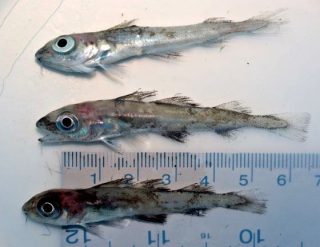
Common cod is on the menu
In the coastal waters of Newfoundland, salmon feed mainly on herring, capelin and sand eels, while in Labrador, young cod was a vital part of the diet.
Gadus morhua. Common name: cod.
Here is a trio of small cod.
Photo with a curtsey of Mr Claude Nozères, World Register Of Marine Species.
Shrimps are popular with salmon - but fish was the main source of protein
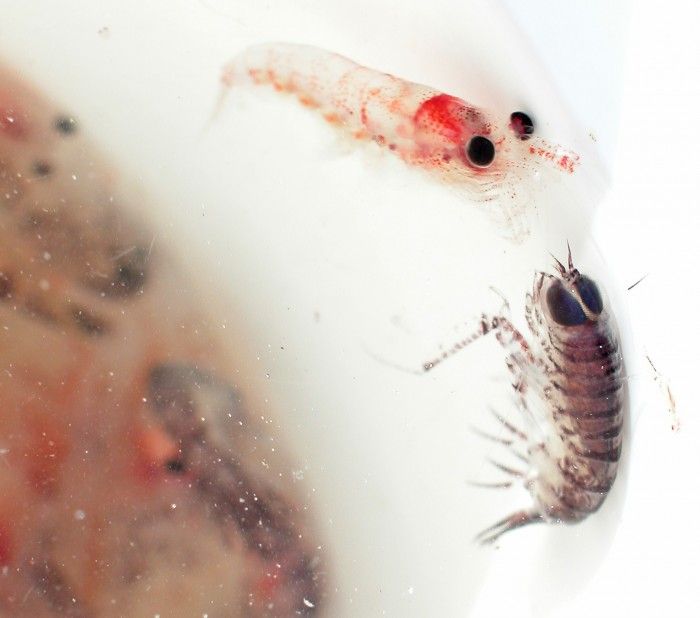
One of the surveys done by scientists in the North Atlantic showed that fish could be the bulk diet in weight – but shrimps could account for a staggering 95% of the food in numbers.
Above: Meganyctiphanes norvegica swimming with a Thermisto libellula – Both crucial animals in the zoo-plankton food chain. Both are 30 – 45 millimetres big.
Photos Mr Claude Nozères, World Register Of Marine Species

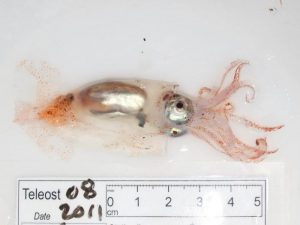 Visit our significant page with images of many animals that salmon will eat at sea. Photo Mr Claude Nozères,
Visit our significant page with images of many animals that salmon will eat at sea. Photo Mr Claude Nozères, 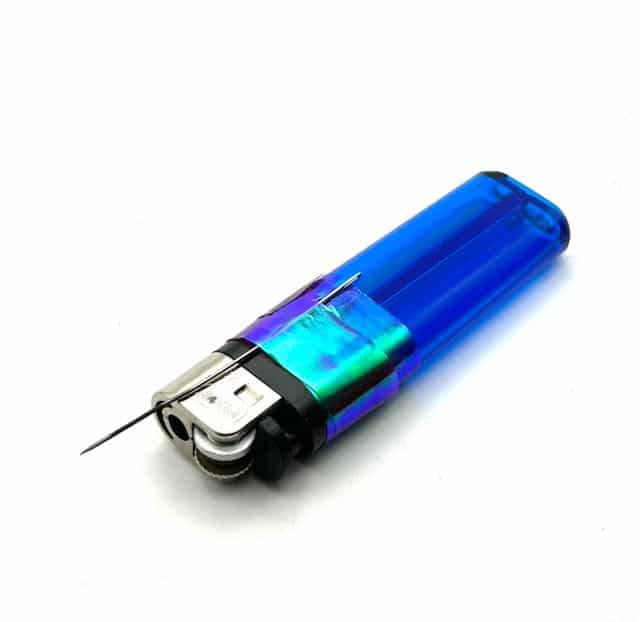

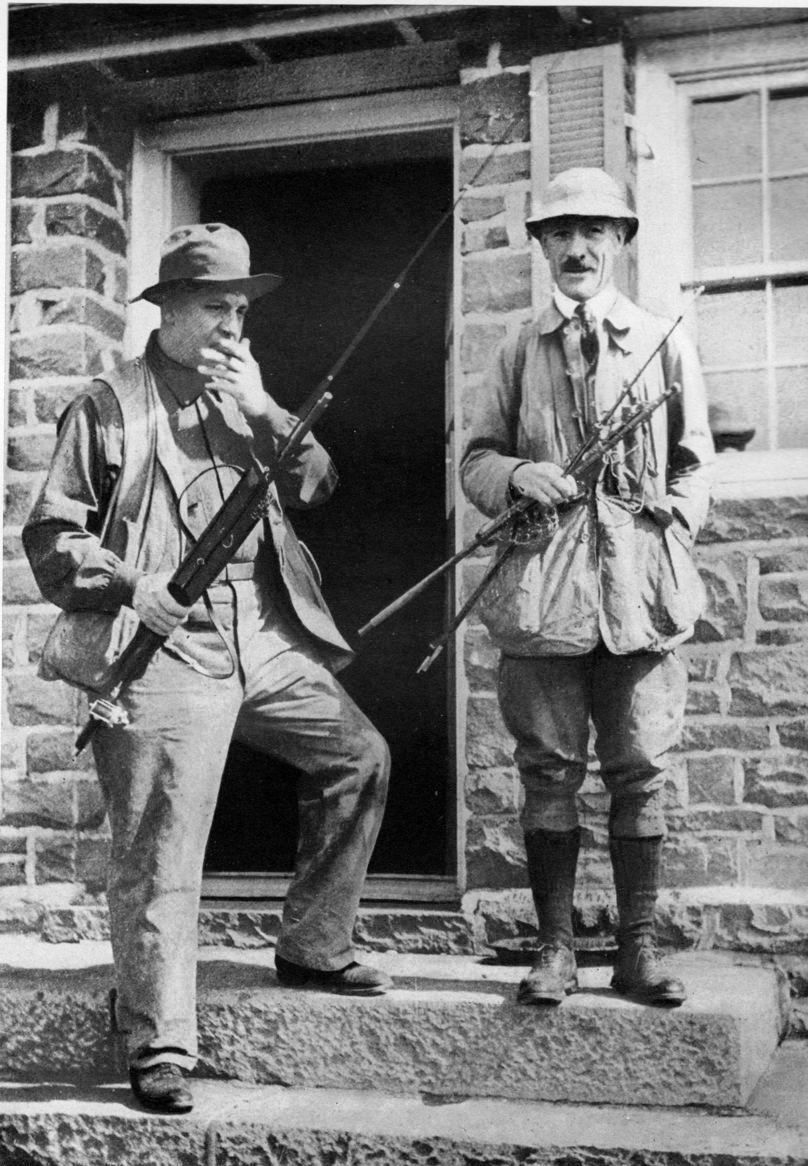
Comments (0)